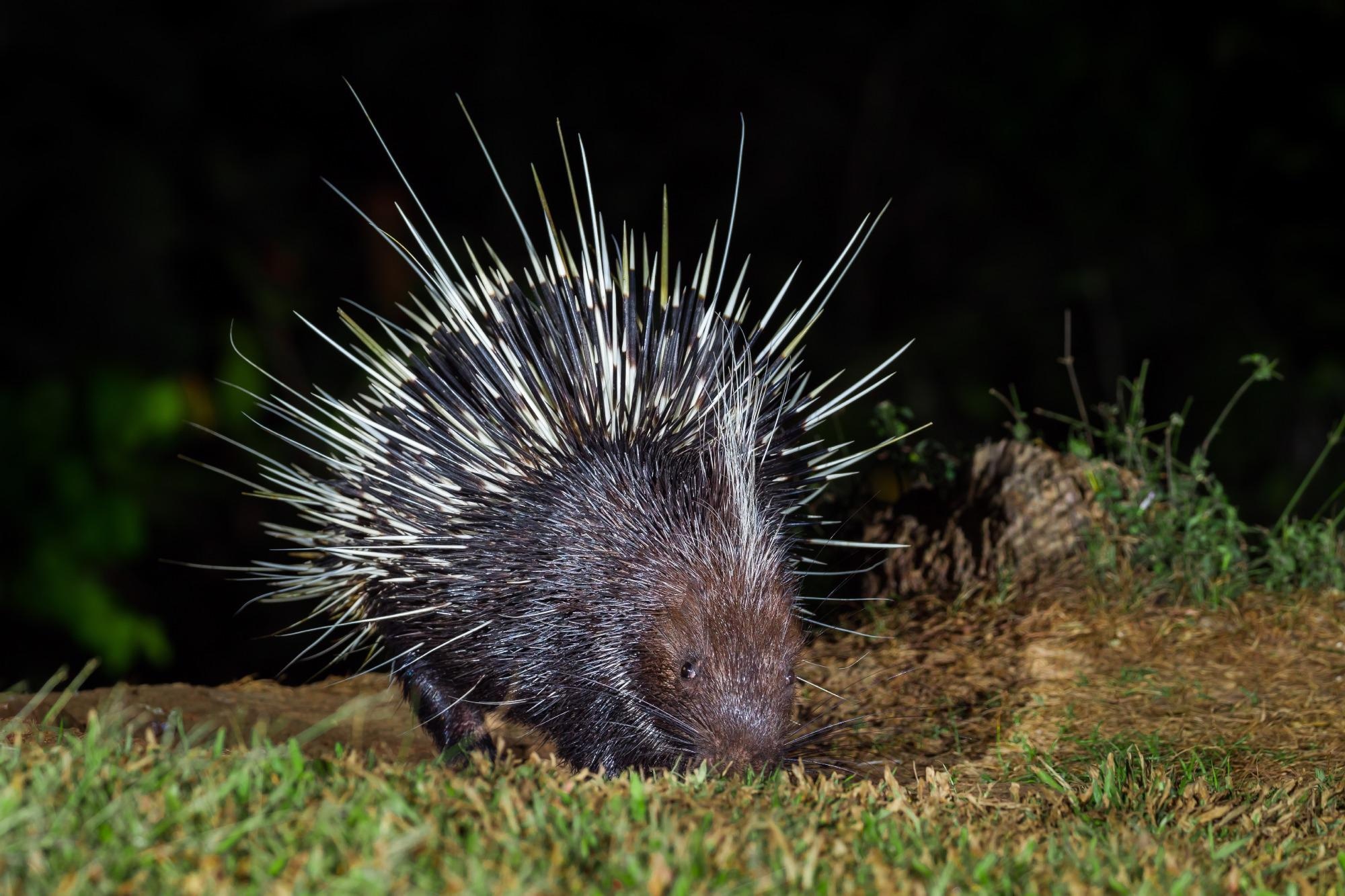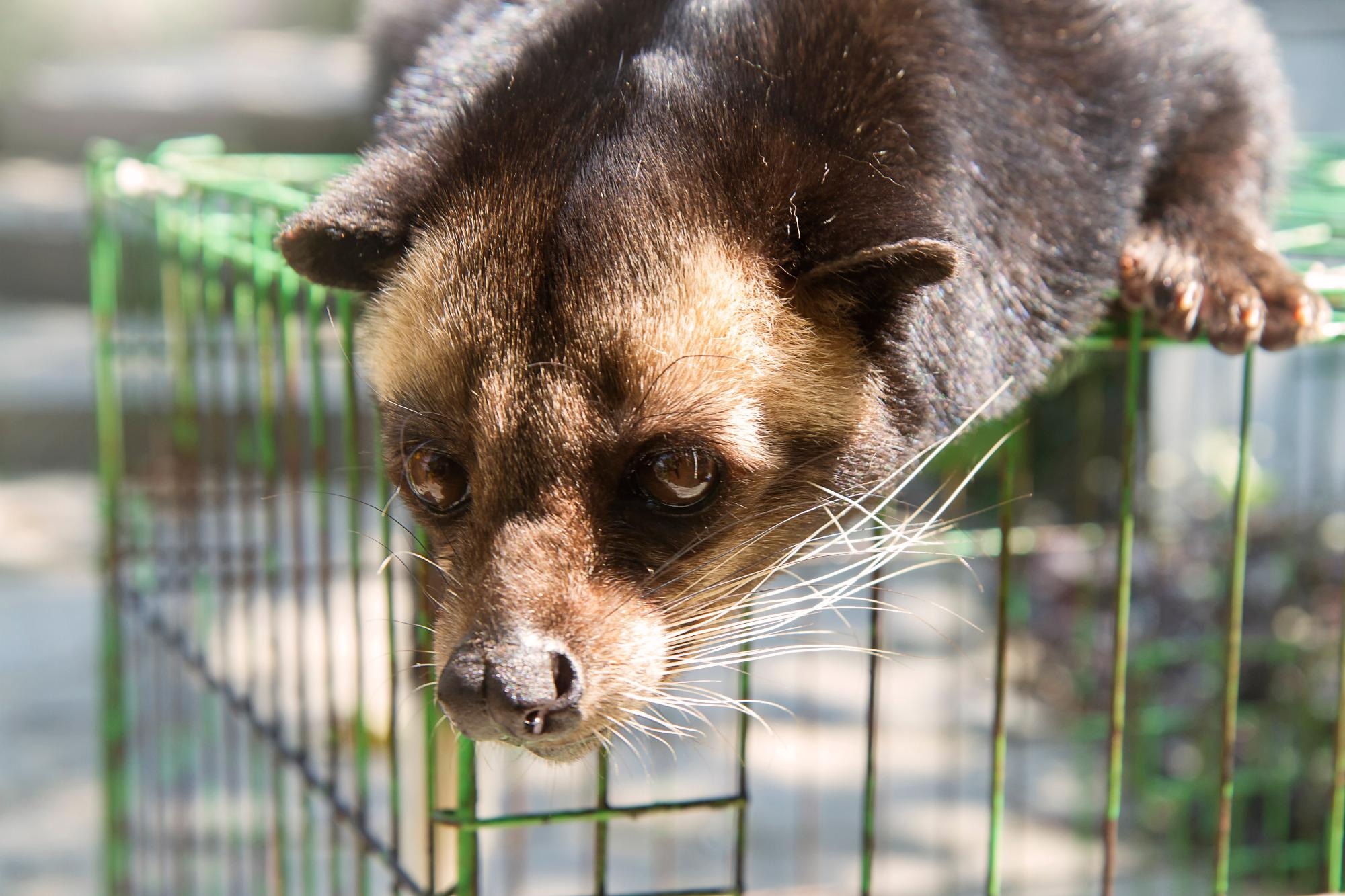New research published in the journal Cell assesses the viromes of 18 different species of game animals across China to predict potential pathogens similar to severe acute respiratory syndrome coronavirus 2 (SARS-CoV-2) that could infect human populations.
Cases of SARS-CoV-2 infections were first identified in animal handlers in the Hubei provinces in China, while similar virus strains were detected in civets, raccoon dogs, and pangolins which were among popular game animals and used for human consumption and global trading. However, there is no significant data about these game animals despite their close contact with human populations and their potential to infect humans with a variety of pathogens.
 Study: Virome characterization of game animals in China reveals a spectrum of emerging pathogens. Image Credit: kajornyot wildlife photography / Shutterstock
Study: Virome characterization of game animals in China reveals a spectrum of emerging pathogens. Image Credit: kajornyot wildlife photography / Shutterstock
About the study
The present study conducted a systematic meta-transcriptomic investigation of 18 game animal species to assess the diversity and potential of vertebrae-associated pathogens in these animals to infect human populations.
A total of 3,111 game animals samples were collected from June 2017 to December 2021 at natural habitats of the animals, zoos, and artificial breeding sites in 20 Chinese provinces. Samples were obtained from mammalian species including Hystrix brachyura, Myocastor coypus, Rhizomys pruinosus, Marmota himalayana, Cynomys ludovicianus, Spermophilus dauricus, Callosciurus erythraeus, Sciurus vulgaris, Manis javanica, Manis pentadactyla, Paguma larvata, Nyctereutes procyonoides, Arctonyx collaris, Meles leucurus, Melogale moschata, Vulpes lagopus, Erinaceus amurensis, and Oryctolagus cuniculus. Nasal, pharyngeal, anal, and fecal swabs from live animals and tissue samples from deceased animals were collected.
 Marmota himalayana Image Credit: ErezFri / Shutterstock
Marmota himalayana Image Credit: ErezFri / Shutterstock
Sample library construction and ribonucleic acid (RNA) extraction was performed by classifying the samples based on species, health condition, location, and feeding condition. RNA extraction was followed by the removal of genomic deoxyribonucleic acid (DNA) using deoxyribonuclease I (DNase I) and host ribosomal RNA to facilitate the preparation of a meta-transcriptome library of each pool. The sequencing reads in each library were quality controlled as per set parameters, while the remaining reads were arranged de novo and compared to the National Center for Biotechnology Information (NCBI) non-redundant (nr) protein database. The top blast hit in each library was recognized as a probable virus hit, and information about the taxonomic lineage was obtained.
Viral presence on the RNA samples was verified by reverse transcription-polymerase chain reaction (RT-PCR) and nested RT-PCR. The resulting PCR products were sequenced and compared against the original template.
The relative abundance of a species of virus in each library was estimated based on the number of mapped reads per million total reads (RPM) using reads trimmed as per quality control. These were first mapped to separate ribosomal RNA-related reads, while the unmapped reads were later mapped to verify viral genomes.
 Paguma larvata. Image Credit: Ibenk_88 / Shutterstock
Paguma larvata. Image Credit: Ibenk_88 / Shutterstock
Results
The study results showed samples from 18 species belonging to five mammalian orders, namely, Pholidota, Rodentia, Eulipotyphla, Carnivora, and Lagomorpha. Fecal and respiratory specimens collected from the selected species yielded over 3 trillion nucleotide bases that helped in virus discovery and its characterization. A total of 13 viral families, including 102 vertebrate-related viral species and 16 species of viral DNA, were detected via meta-transcriptomic sequencing and verified using RT-PCR. Viruses belonging to the Picornaviridae, Astroviridae, and Parvovirdae were the most common and had a higher abundance and prevalence as compared to the other viral species.
Notably, coronaviruses were detected in Asian badgers, bamboo rats, and civets; however, SARS-CoV- or SARS-CoV-2-related viruses were not found in any of the animal species examined in this study. Over 80% of nucleotide sequence identities were detected between viruses found in the animal species and known disease-causing viruses, namely Influenza A virus, Influenza B virus, Human parainfluenza virus 2, Orthohepevirus A, Norwalk virus, Mammalian orthoreovirus, and Rotavirus A and C.
Out of the 102 vertebrae-related viruses detected in this study, 21 viruses that were believed to pose significant infection risk were examined for epidemiological patterns as perceived zoonotic potential and/or probability of crossing species barriers and infecting other animal species. A tendency of the high-risk viruses to form geographic clusters was observed in the Chinese province as noted in the Miniopterus bat coronavirus in the Hunan province, Influenza B virus in Zhejiang province, Bovine respirovirus 3 in Hebei province, and Mammalian orthorubulavirus 5 in Yunnan province.
A high prevalence of particular viruses and the presence of signature markers of cross-species transmission across different libraries in the same or different species were observed in several viruses. Also, the highest number of pathogens with a greater risk of zoonotic infection were found in civets, followed by porcupines, coypus, bamboo rats, Malayan pangolins, and raccoon dogs.
Conclusion
The study findings showed that game animals could pose as crucial hosts for viruses and result in related diseases in humans as well as domestic animals. Furthermore, the ability of such animal hosts to carry pathogenic viruses may promote chains of viral transmission and the emergence of new viral variants.
Journal reference:
- He, W.-T., Hou, X., Zhao, J., Sun, J., He, H., Si, W., Wang, J., Jiang, Z., Yan, Z., Xing, G., Lu, M., Suchard, M.A., Ji, X., Gong, W., He, B., Li, J., Lemey, P., Guo, D., Tu, C., Holmes, E.C., Shi, M., Su, S., Virome characterization of game animals in China reveals a spectrum of emerging pathogens, Cell (2022), doi: https://doi.org/10.1016/j.cell.2022.02.014, https://www.sciencedirect.com/science/article/pii/S0092867422001945